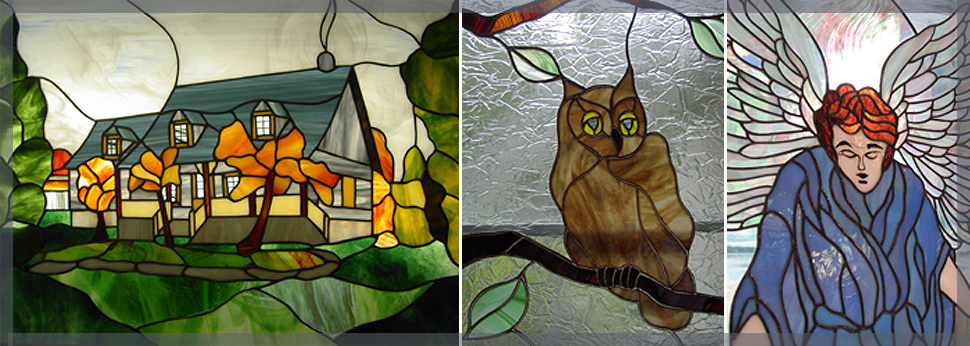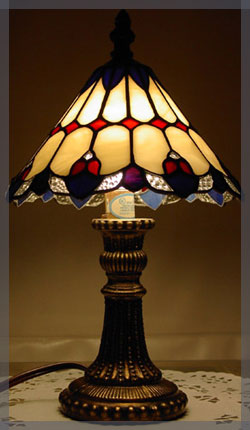
Glass has fascinated humankind forever with its transparency, and one can say that its origin is lost in the depths of time. In fact, it is nature itself that gave birth to it through volcanic eruptions. For it was in this way that obsidian was born, the first natural glass, forty million years ago.
In any event, its history according to some goes back to the building of the Tower of Babel. However, it was Egyptian priests who jealously guarded its secrets. The oldest known portrait in glass is a sculpture of the head of Amenhotep II. In addition, the jeweler of Queen Atshepsut (1500 BC) made pearls of colored glass for her. Moreover, such pearls have also been found in the tomb of Tutankamen.
From the Egyptians, for whom glass making was a well-kept secret, the art passed through initiation to the Greeks and then to the Romans who spread it throughout Europe. However, it was not until the first century that glass makers succeeded in controlling the transparency and colors of glass.
In the first years of the Christian era we find colored glass in the Orient and in the Occident. Then, toward the end of the third century, it use is seen in windows according to two different techniques. In the Orient, it was encased in plaster frames while in the West, it was mounted in wooden ones.
It was only in the tenth century that we see the use of lead for securing the glass and it was in this fashion that the stained-glass window was born, « this assemblage of several pieces of glass by means of little blades of lead or little wooden, iron or copper crosses, which, when placed at the opening of a building, gave it light. »
This wondrous art became a holy art and went through a particularly special development in the twelfth century within the cathedrals of Europe, which continued on into the fifteenth century. This represents the triumph of colored glass as it united with other materials in festivals of light. Alas, with the discovery of clear glass, this radiating magic lost some of its shine and in fact disappeared until the beginning of the nineteenth century.
 It was an American who brought it back into full flower, Louis Comfort Tiffany, born in New York in 1848, the son of a celebrated jeweler by the name of Charles Louis Tiffany. He created numerous objets d’art in glass as well as magnificent stained-glass windows. His name became famous thanks to his idea for creating the famous Tiffany lamps with fragments of colored glass. Ever since, these lamps have lent their warmth to many a living room.
It was an American who brought it back into full flower, Louis Comfort Tiffany, born in New York in 1848, the son of a celebrated jeweler by the name of Charles Louis Tiffany. He created numerous objets d’art in glass as well as magnificent stained-glass windows. His name became famous thanks to his idea for creating the famous Tiffany lamps with fragments of colored glass. Ever since, these lamps have lent their warmth to many a living room.
In our time, the stained-glass window has eminently reestablished its title of nobility, and numerous workshops bear witness to this accomplishment. In creating this site we have tried to render homage to all the artists who have made glass their vocation, but also to everyone who, like yourself, know how to appreciate the art of glass. Therefore, we invite you to a rich voyage in color and light into this little paradise… of virtual glass…